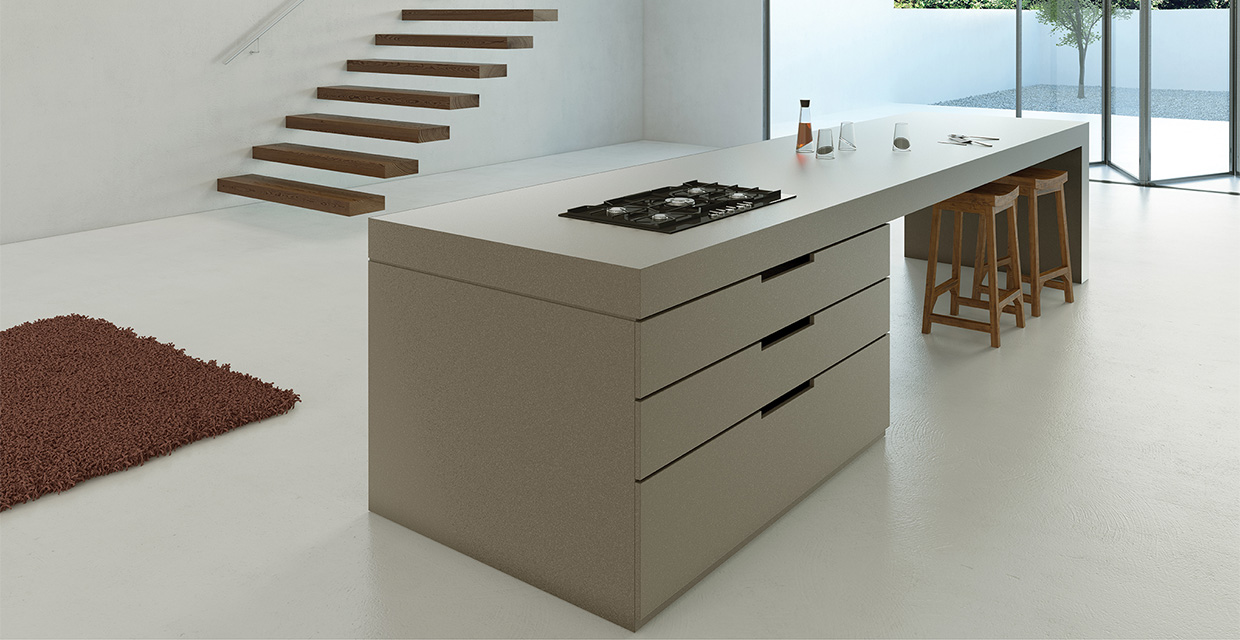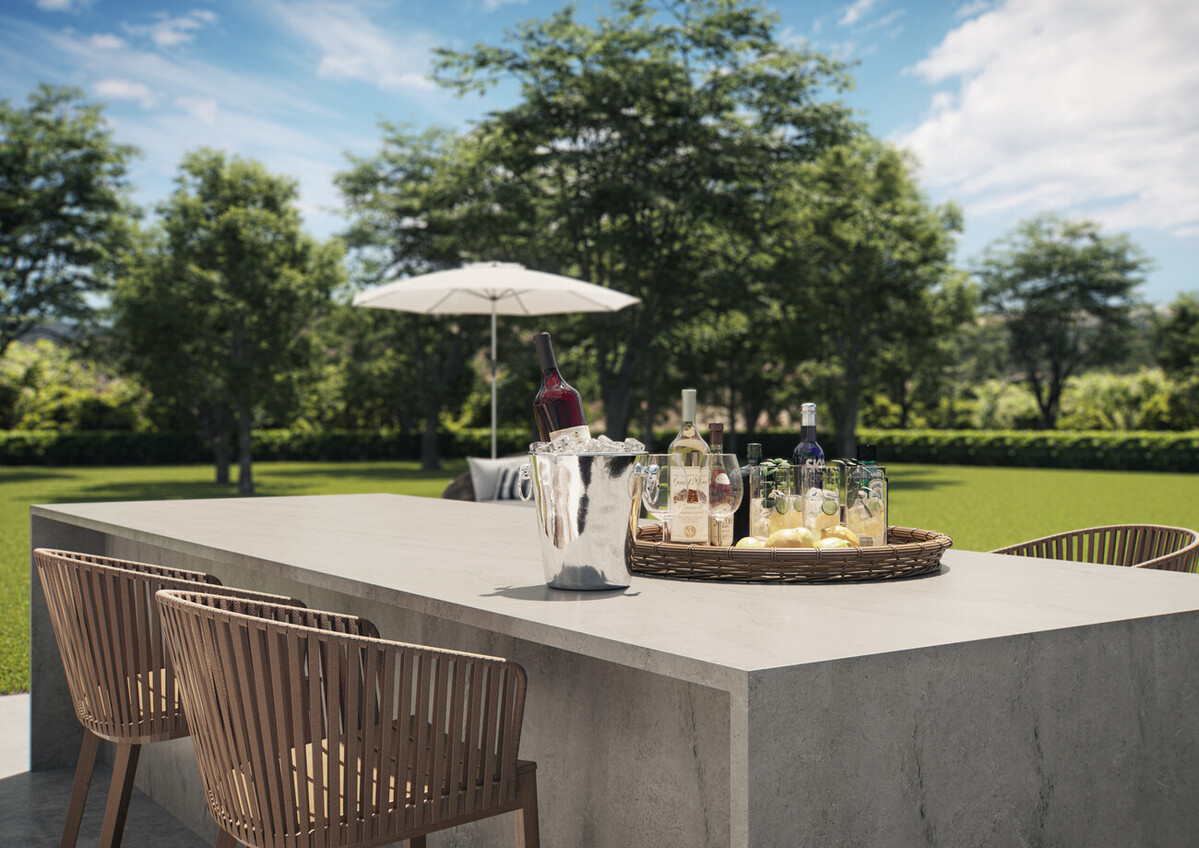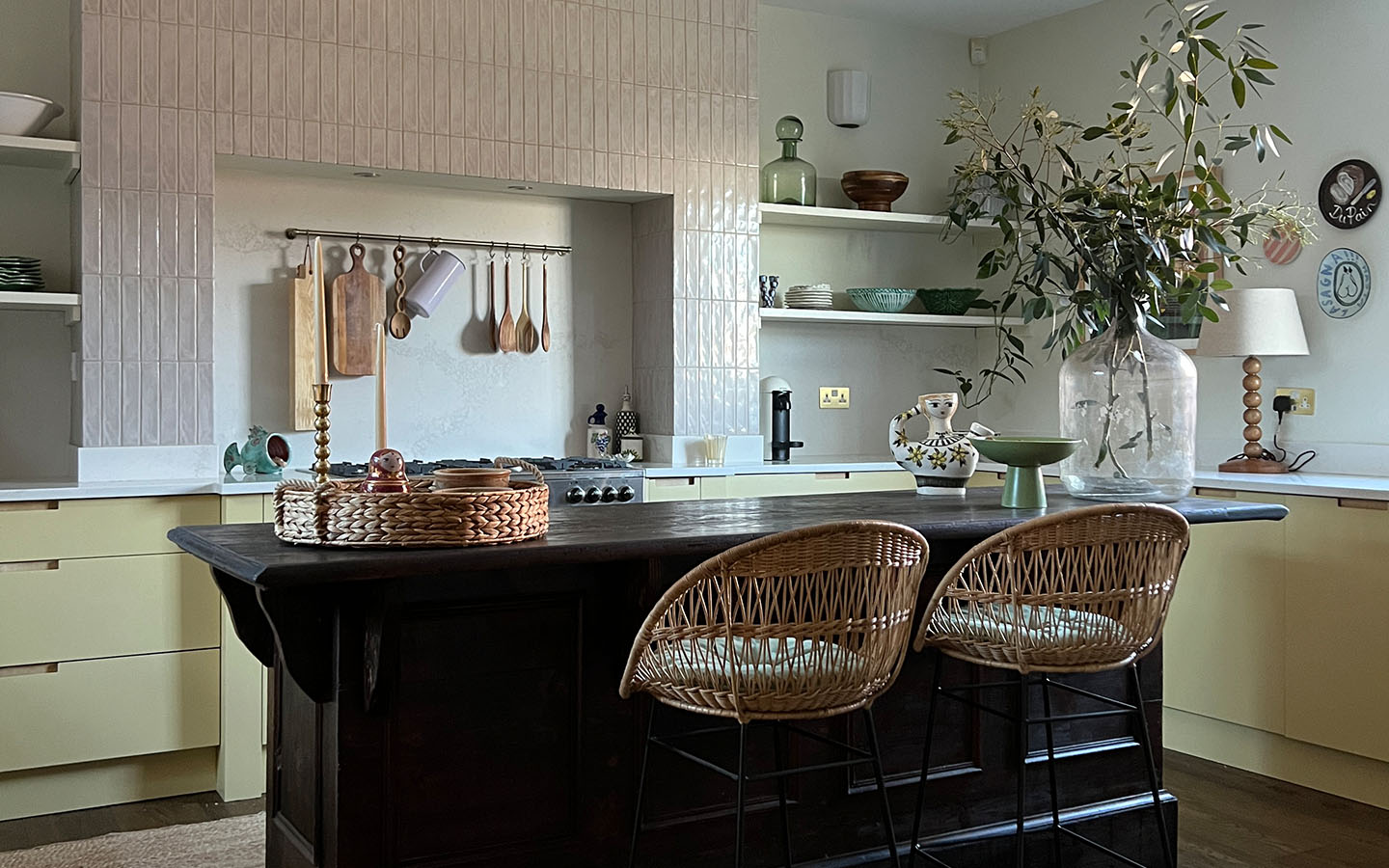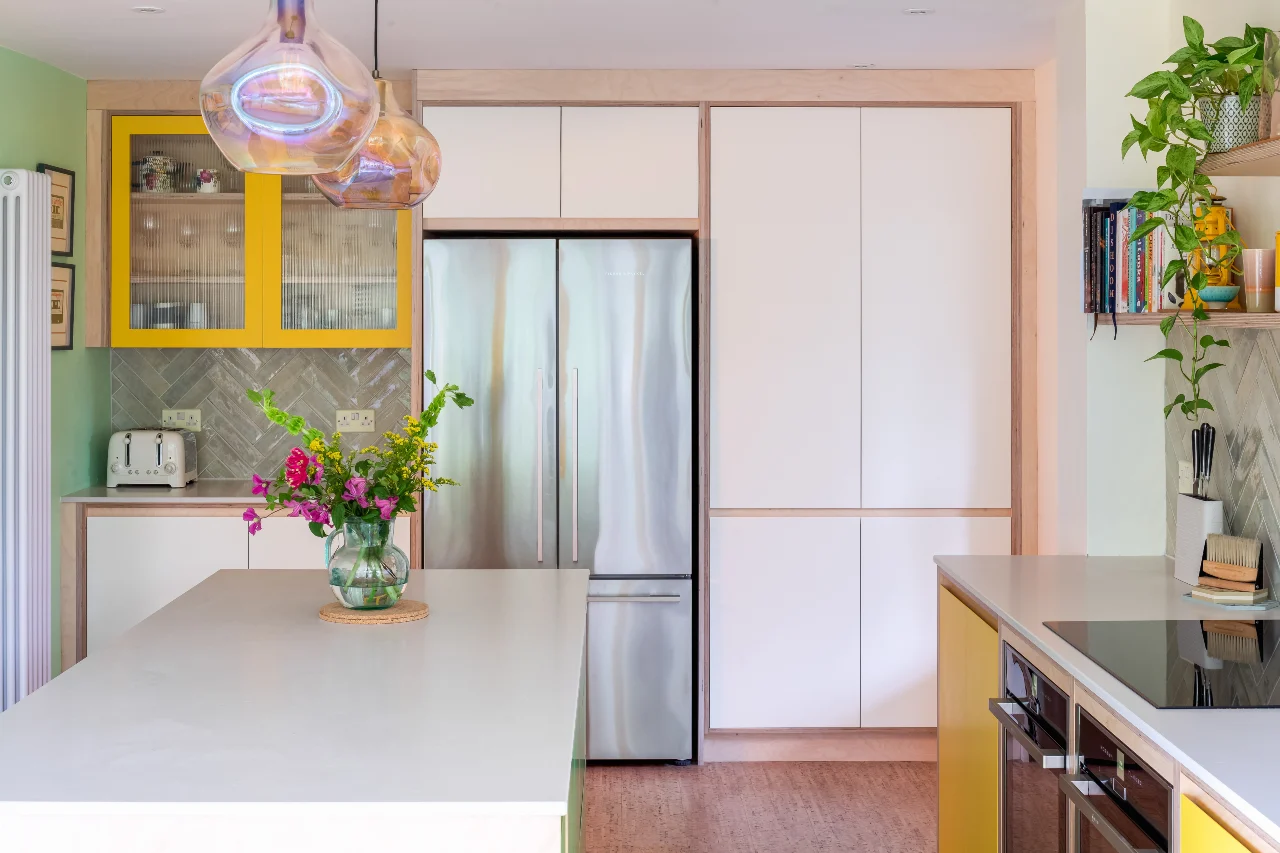
 What constitutes a contemporary kitchen? Acres of minimalist glass, lorry loads of brushed steel, futuristic appliances? Interpretations of contemporary kitchen design – and indeed, the contents of a contemporary kitchen – vary from designer to designer. And of course, from homeowner to homeowner.
What constitutes a contemporary kitchen? Acres of minimalist glass, lorry loads of brushed steel, futuristic appliances? Interpretations of contemporary kitchen design – and indeed, the contents of a contemporary kitchen – vary from designer to designer. And of course, from homeowner to homeowner.
But there are a couple of common themes. Technology, for example, is pretty much a given within any kitchen considered contemporary in its design, layout and specification. As tends to be an emphasis upon a fluid, unconstrained space that is capable of seamlessly accommodating cooking, dining and entertaining. Certain aspects – lighting, flooring and critically, the right work surfaces – are essential for making contemporary kitchens ‘happen’.
Typically, the designer of a contemporary kitchen will want to maximise space and light, so co-ordinated surfaces that are similarly clean and modern will be their first choice. Caesarstone’s sparkling pure white, snow and organic white – all from the Classico Collection – fulfil the criteria perfectly.
Of course, natural materials such as stone and marble might also be considered – but they are not as versatile as quality quartz and, in a contemporary kitchen, where a designer might wish to create ‘floating’ features, clad furniture or cabinetry or even create a standout feature such as an irregularly shaped or curved island, it is difficult to think of a better, more durable material than quartz.
Usually comprising a very high percentage of natural materials (look for compositions where the natural quotient is over 90%), quartz surfaces are able to deliver all the aesthetic appeal of natural materials, yet are also incredibly practical. And for the contemporary kitchen, which is also likely to be an entertaining and living area, this is extremely important. For instance, quartz is largely scratch and stain-resistant; where spilling red wine onto marble can constitute disaster, it is unlikely to trouble quartz.
Similarly, whilst many natural materials are porous – meaning they absorb water – quartz is completely non-porous. This enables designers to use quartz with confidence around kitchen sinks and also, for practical and easy-to-keep-clean splashbacks.
Most recently, a new generation of quartzes – created through a sophisticated formulation and manufacturing process – has successfully replicated the beauty and tactility of natural materials. Caesarstone’s Frosty Carrina and London Grey are two such examples and designers are specifying such quartzes for stunning applications, that whilst are undeniably contemporary, also deliver warmth, durability and longevity.


